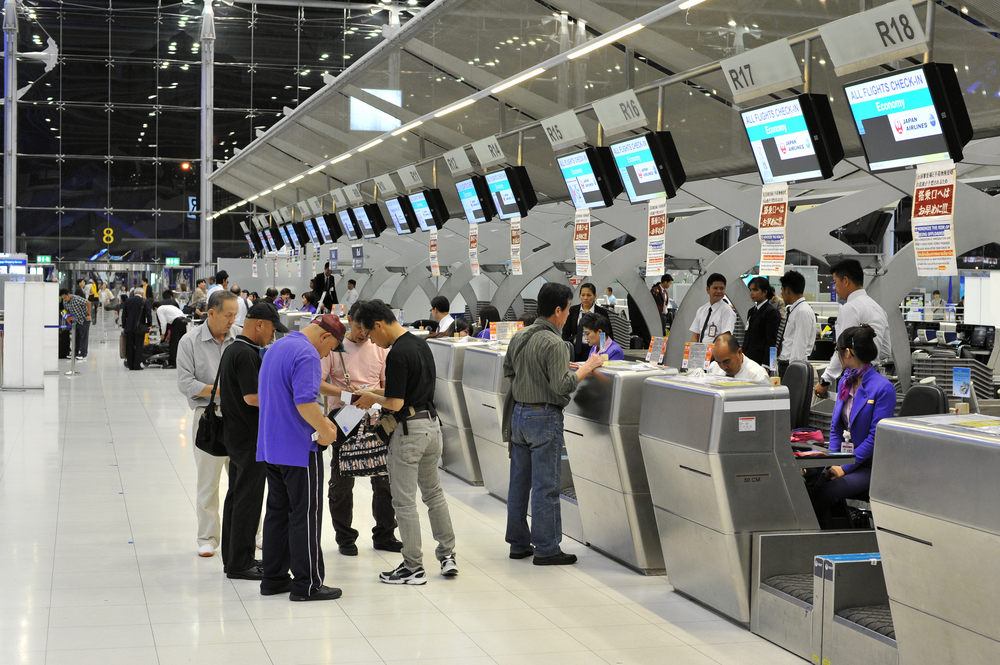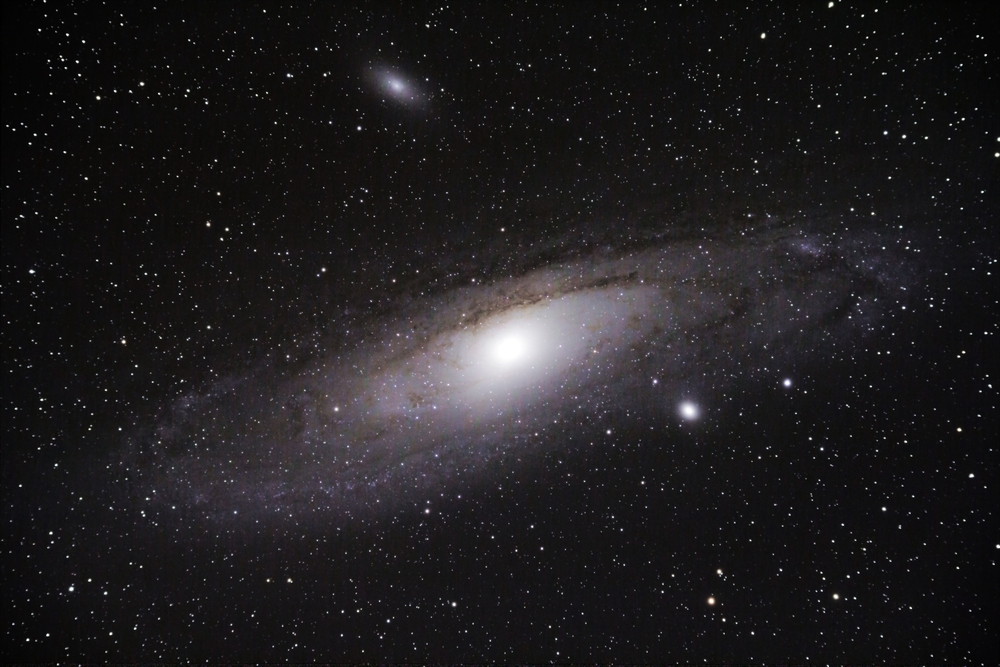
Being the world’s most successful networking company Cisco’s ubiquity is a given and it has been ‘present’ in Malta as throughout Europe and the Mediterranean area for decades through its channel partners. However its physical presence only dates from 2008, when an office was set up under its current manager Ruben Azzopardi, a man with a deep understanding of Cisco’s products and capabilities as a senior executive at one of its principal local customers.
DOWNLOAD
 Cisco-Euro-Telcoms-Aug13-Bro-s_0.pdf
Cisco-Euro-Telcoms-Aug13-Bro-s_0.pdf











